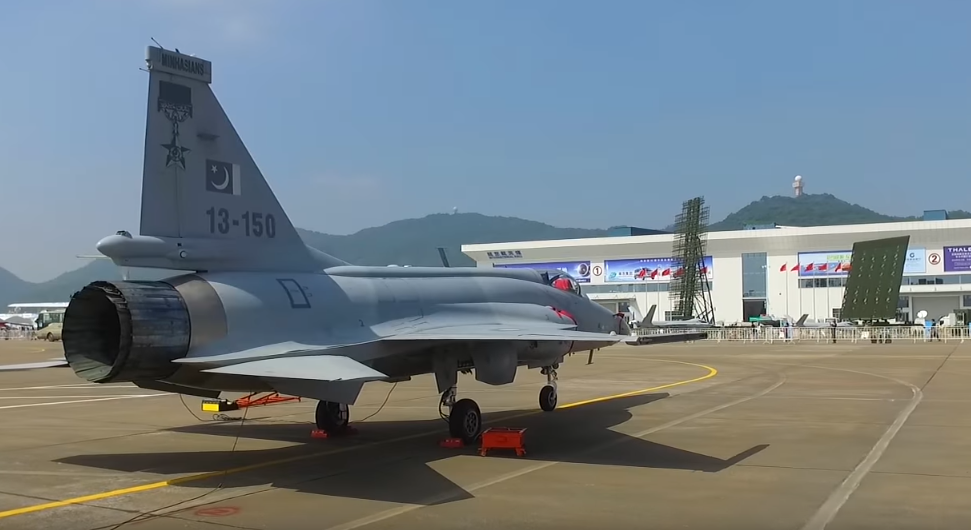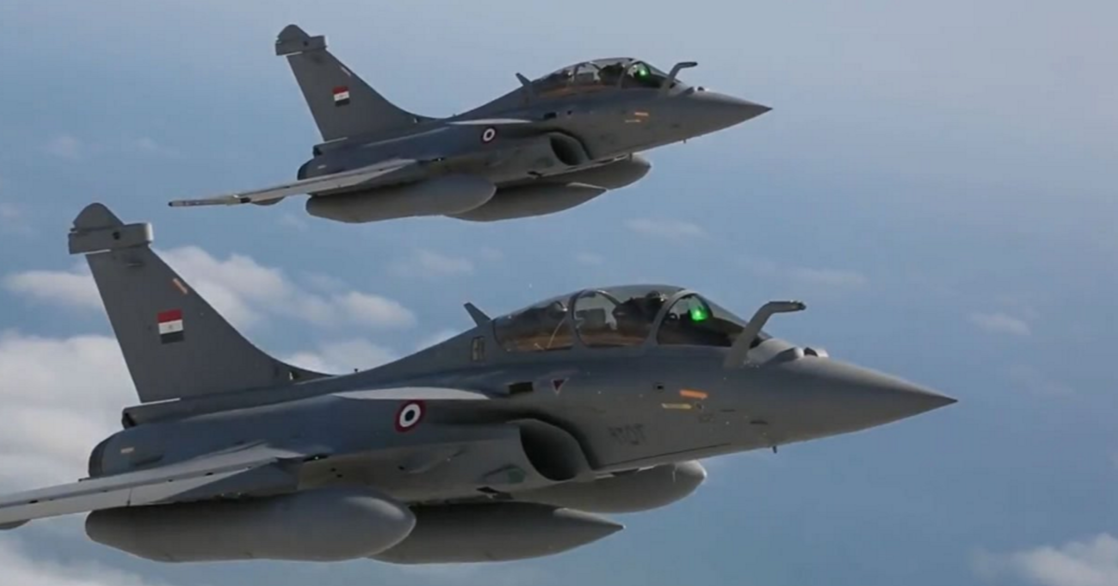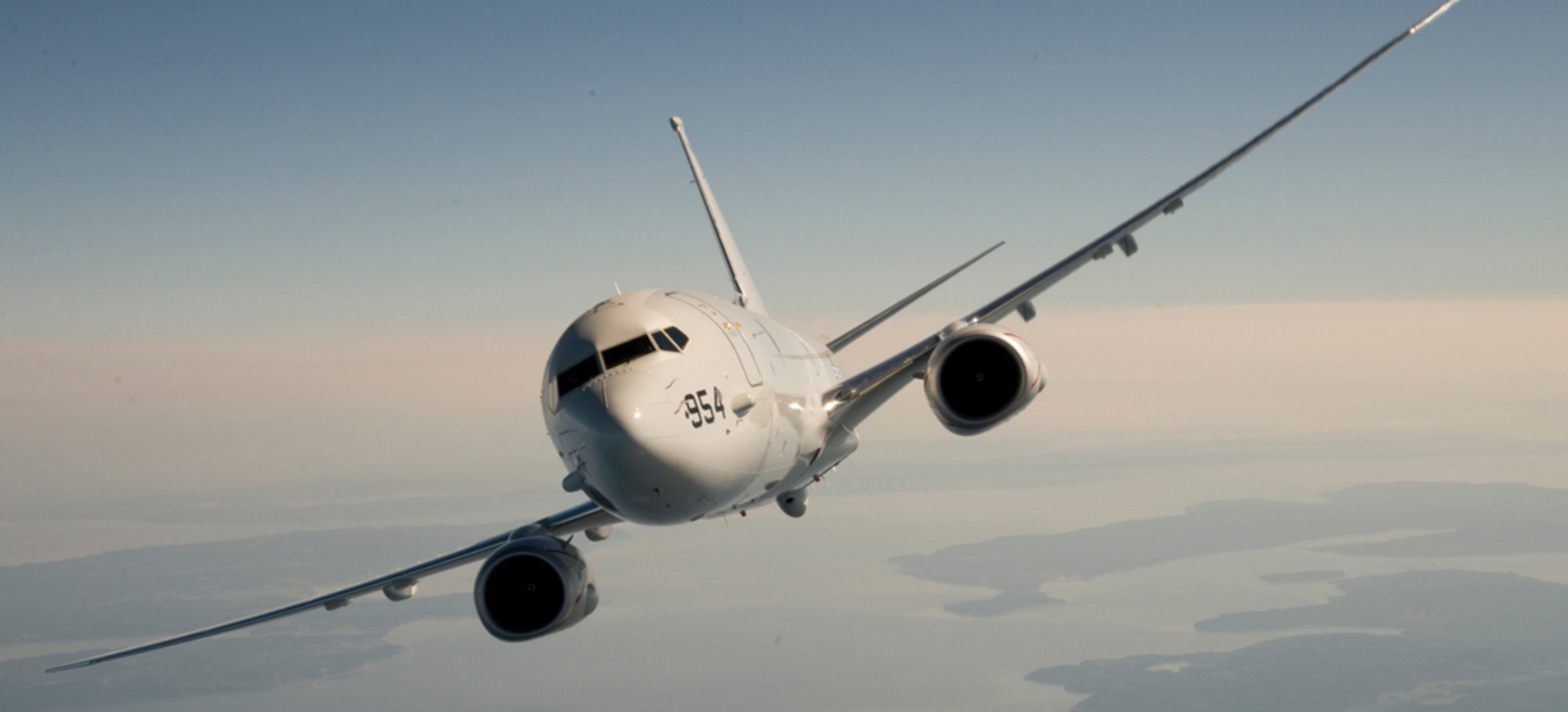3019Views 12Comments

Saudi Arabia reportedly interested in the JF-17 Thunder
The Pakistani media outlet The News International is reporting that the Royal Saudi Air Force (RSAF) is interested in procuring a “hefty” number of JF-17 Thunder lightweight multi-role fighters.
The Commander of the RSAF, Major General Mohammed Saleh al-Otaibi, is currently on an official visit to Pakistan.
On Monday, Major Gen. al-Otaibi presided over the graduation ceremony of the Pakistan Air Force (PAF) Academy’s 117th Combat Support Course, which included officer cadets from the RSAF’s 83rd Engineering Course. The Commander of the RSAF also met with Pakistan’s Chief of Naval Staff and Chief of Air Staff.
Although The News International was able to learn of Saudi interest in Pakistani defence goods from Saudi Arabia’s Ambassador to Pakistan, Abdullah Marzouk al-Zahrani, its JF-17 report was attributed to Gen. al-Otaibi. Quwa has not been able to find an official statement or secondary source to verify the report.
Notes & Comments:
Although official Saudi interest in the JF-17 cannot be verified at this time, it is a fact that the PAF and Pakistan Aeronautical Complex (PAC) have been engaged in broadly marketing the JF-17. In August, the PAF’s Chief of Air Staff Air Chief Marshal (ACM) Sohail Aman issued a formal JF-17 and Super Mushshak offer to the Kuwaiti Air Force. There have also been reports of PAC marketing the JF-17 to Qatar.
The entirety of the RSAF’s main combat aircraft fleet is comprised of medium to heavyweight fighters such as the Boeing F-15, Eurofighter Typhoon, and Panavia Tornado. However, until quite recently, the Saudis had also maintained a light fighter force in the form of Northrop F-5E Tiger IIs.
In one respect, the JF-17 could be viewed as a direct successor to the F-5E. The Thunder would retain the low acquisition and low operational cost profile of the F-5 but would add modern air combat capabilities, i.e. beyond-visual-range air-to-air missile (BVRAAM) compatibility and tactical data-link connectivity. The twin-seat JF-17B, which is due to fly by the end of this year, could also be sought to serve as a fighter conversion unit or as a dedicated ground attack fighter.
Alternatively, or in tandem, Riyadh’s mix of increasingly strenuous austerity measures on spending and its ongoing – and costly – campaign in Yemen could be pushing the RSAF to seek lower cost and more readily available combat solutions.
At Air Show China, which took place last week in Zhuhai, Aviation Industry Corporation of China (AVIC) had showcased a diverse range of munitions. These included directly analogous counterparts to new American and Western air-to-surface designs, including, among others, the Joint Stand-off Weapon (JSOW), Brimstone, and Small Diameter Bomb (in the form of the YJ-6, YJ-9E, and YL-14, respectively). For reference, the YJ-9E is being marketed as a 15-25 km air-to-ground missile with seeker modularity; the end-user has the option to equip the YJ-9E with an active radar-homing seeker. In effect, the YJ-9E could be utilized as a fire-and-forget missile against armoured vehicles. In addition, AVIC is also offering laser and satellite-guided bombs and targeting pods.
In a sense, the JF-17 – and especially the JF-17B – could be utilized as dedicated attack platforms for heavy usage over Yemen, especially since both the delivery platform and its munitions could be had for a clearly lower cost than American and European alternatives. Furthermore, the heavy utilization of the JF-17 could enable the RSAF to preserve flight hours – and reduce maintenance costs – on its other platforms.
With at least one JF-17 prototype reportedly flying with the Guizhou WS-13 turbofan (Aviation Week, IHS Jane’s), AVIC should have no difficulty in assuring the supply of the JF-17 to Saudi Arabia (or other export customers). The entirety of the platform can effectively be sourced from China.
In a hypothetical JF-17 sale, the RSAF could be interested in configuring the JF-17 with Western European electronics. In this respect, PAC could potentially source the radar, avionics, and electronic warfare (EW) and electronic countermeasures (ECM) suite from Italy (i.e. Leonardo-Finmeccanica and Elettronica).
The JF-17’s low base cost does offer considerable vertical room for the end-user in terms of subsystem customization and configuration without severely raising overall cost. Subsystems designed for the Gripen NG and MiG-35, such as the Vixen 1000 (which seems identical to the Raven ES) active electronically-scanned array (AESA) radar and ELT/568 ECM suite, respectively, could make their way to the JF-17.
If the Saudis opt to assume greater ownership of the platform, they cold engage with their own choice of vendors and configure the JF-17 in Saudi Arabia. In fact, the JF-17 could even be a comparatively lower cost method of building a basis for domestic defence industry work. This would align with Riyadh’s Vision 2030 plan of having upwards of 50% of its defence needs to be sourced locally.



12 Comments
by Hashim Rasheed
Even if Saudi Arabia is interested in buying the JF-17, I believe that they will wait until the Block-III makes its debut. KSA is not limited by finances and they will look at all available options in that category even for the replacement of the vintage F-5s. I hope they choose the JF-17, but in the same category, the Gripen has the edge.
by Smoking a Tejas
True, but I disagree with KSA having unlimited finances, The Yemen debacle and the oil war has severely depleted their financial reserves and things are not going to improve in the short to medium. So, its quite unlikely that they’re going to be looking at the Gripen as a low cost large number acquisition. under the existing circumstances, the Thunder actually makes a lot of sense.
by bill
KSA may get production of jf17 block-iii at fast pace if financed entirely as done by UAE in case of F16 block60. Further reportedly the cost of JF17 block-3 shall be up to 32Million per unit which is much economical as compared to alternates.
by AMAN
KSA expressed willingness to purchase JF-17 & Mushkak beacuse it wants to strenthen relation with Pakistan. They have a lot of money and advance fighters.
by Salman Khan
You are entirely wrong about their finances. You do realise that they have a heck lot of reserves, that can even cripple the US economy if withdrawn from US banks? Also, they are on to a big reform plan for their country and that should decrease their dependency on oil (yes, women would soon drive. Many insiders of their religious authorities have also confirmed that a lot of changes are in the way). Also, the Yemeni war is mopping up and would return them with strategic long term benefits when over. Their unconfirmed plans to buy thunders are all in a very long list of them financing many advances in our military technology. Their buying (very unlikely tho imo) would bring valuable coin to PAF to acquire stuff and develop stuff.
by Shaheer Anjum
As much as I hope that we can get a sale through to KSA, I am also extremely uncomfortable with the notion that if it happens to go through, the Saudis will use this platform against Yemen (a conflict I don’t see ending anytime soon). The repercussions for Pakistan will not be good.
by Tewfik Boulenouar
I would be curious to know if-considering the great amount of aerial platforms in the KSA inventory-there is a need to replace the F-5s. The points on making Yemen operations less costly and the potentially negative ramifications facing Pakistan are well taken.
by noman anis
KSA just shows its interest, but perhaps not intend to buy JF-17 due Chinese Avionics…Gulf countries always prefer Western or US Avionics…..because they believe Chinese Avionics are sub standard…..and other think is that West and US dont want to lose Gulf market….
by Sami Shahid
Right, in order to secure its borders Saudi’s should definitely buy JF-17’s because it is cost effective and perfect for counter insurgency and counter terrorism. F-5’s have become very obsolete and securing border from Militants with F-15 , Euro Fighter or F-22 will be very expensive.
by Syed
Salman the Saudis have cancelled $260 billion in development projects because of cash crunch and are in the process of selling 25%of Aramco the crown jewel among Crown Jewels
by Matthys Jacobs
In theory it could be possible to replace the avionics with say a South African made avionics Suite.
Denel and Paramount both have experience with this.
by Keyser
A- it doesn’t cost more than a F-16 Unless you are thinking base model Blocks from the 80’s
B- The F16 and Mig29 are not “Light weight” in the same sense as the F5’s they are supposed to replace. they also come with political baggage
c- It makes sense if they want to continue to pursue local politically sensitive conflicts without risk of embargoes and less cost to run munitions wise.
D- They wish to build up political capital with Pakistan and keep them onside. They have defence agreements with Pakistan.